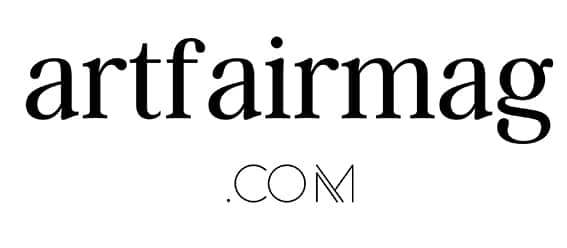Chris Vroom
Founder of Valence, ArtSpace, Artadia, etc.
Web3, blockchain & the art market
Pauline Loeb invites New York based serial entrepreneur Chris Vroom to talk about his newest company Valence, the blockchain technology and how it can bring more transparency in the art market. Chris also shares his personal vision of the art market in 10 years time.
Pauline Loeb
Hi everyone, this is Pauline Loeb from artfairmag and today I’ve invited New York based serial entrepreneur Chris Vroom to talk about Web3, blockchain and the art market. Hi Chris.
Chris Vroom
Pauline, thank you for having me.
Pauline Loeb
So Chris, you have founded multiple companies in the art industry, such as Artadia, ArtSpace, Art+Culture Projects, and the newest one, Valence. So maybe you can begin by telling us what Valence is.
Chris Vroom
Sure. Well, Valence came out of this idea that if you can network people together, give them more efficient means to connect with one another in a trusted way, enhance the visibility of whether it be, you know, an artist practice or institutional programming, gallery programming and the like, and create tools for artists to participate in the markets they help create, ultimately, you know, this foundation of culture will be stronger.
Pauline Loeb
Okay, and I believe you use blockchain to provide these services. So could you briefly explain what blockchain is?
Chris Vroom
Sure, and that’s right. So, you know, blockchain is a distributed ledger technology that enables entries on the ledger to be both decentralized and verifiable. And verifiable doesn’t mean authentic and it doesn’t mean truth, it just means not changed. So in other words, a entry on the distributed ledger, you know, the changes to that entry can be more easily detected. You know, falsehood on the blockchain is still falsehood. So that, that dynamic is not very well understood. People think, well, it’s on the blockchain. I got to just check the blockchain, you know, which is frankly pretty absurd because again, if you put untruth on the blockchain, it’s still false.
Pauline Loeb
So how do you think blockchain can bring more transparency and security in the art market?
Chris Vroom
I do think that it can play a very important role because there are mechanisms that can strengthen the one transparency, the auditability that is inherent in a distributed ledger technology and enable verification to happen in a manner that is going to enable a broader range of folks to participate in market activity. And so, you know, we are one of the founding members at Valence of ArtLedger, which is leading nonprofit setting standards to enable this to happen, to create authentication architecture that will enable that truth to be determined in a more verified way.
Pauline Loeb
And how do you see the art market with ever evolving Web3 technology in the, I don’t know, 10 years time?
Chris Vroom
Sure. I see it evolving in a couple of very exciting ways. One is in the realm of creative production. We’ve seen the explosion of NFTs, $40 billion of which traded in the last 12 to 18 months. That’s caused a lot of consternation in the traditional art world where I’m situated most of the time. But I think it’s gonna evolve. I think it is evolving with artists that are in that sphere and participate in the art fairs that you cover in your program. They’re viewing NFTs and digital strategies as just another means of visual expression that have some unique characteristics that I think are fascinating because it will situate or I think alter the way that the collector, the artist, and the world are relate to one another. It creates almost a the potential for a durational artwork without end. So it reminds me sort of like of the happenings in the 60s and 70s, but you know not ephemeral, you know, but this continual relationship between the artist, the collector, and the world as as artworks are you know can evolve over time based upon external situation is, I think that’s really interesting. So that’s one thing. Secondly, I think that over time, you know, from our point of view, blockchain, NFTs, etc. It’s not going to, you know, disrupt or transform the art world in a, you know, profound way and shake everything up and create this huge democratization. And because I just think that that’s not the way the world is going to work. But I do think, yeah, I mean, I think that there is a very interesting couple of baby steps. So at Valence we produce a very robust digital certificate of authenticity that enables galleries to replace what is a paper object with something that’s more durable, which provides more data on secondary sales, creates the potential again for artists to participate and galleries to participate in the markets they help create, which is certainly a thing. Lastly, over time, it will create the potential for new forms of novel financialization related to artworks. Because there’s $3 trillion in art situated in the United States alone, much of which is in storage or on walls and not really generating any financial component. And that could change. The repose of title for artworks in a digital object that can be acted upon by novel financial methods.
Pauline Loeb
Thank you, Chris. And just to conclude, what are the projects you are working on currently that you’d like to talk about?
Chris VroomvSure. So we launched an interesting app that was really designed to demonstrate the potential of the COA. And so we launched this at Expo Chicago, Tony Carmen’s Fair 10th anniversary. We were the official app for the fair and it incorporated the ability for galleries to one, market works, you know, to a broader audience. So that’s good. Two, it gave collectors the ability to, you know, buy the works right on the app to add insurance, which is the first time that Chubb has ever agreed to insure objects on the fly, finance and…
Pauline Loeb
All the artworks were purchasable on the app directly ?
Chris Vroom
Everything was purchasable and the collector could add shipping, finance, and insurance all in the same flow. So that’s a good efficiency measure. And then, as many collectors can appreciate, oftentimes the information about their collection is stored in ways that are not particularly accessible or organized. So this gives you almost a ready-made collection management tool that ties in, you know, digital COA, access to services, connectivity with the gallery. You know, so I think that there’s an opportunity to expand that footprint and that type of digital engagement in a way that benefits everyone.
Pauline Loeb
And do you think you can work with other fairs than Expo Chicago?
Chris Vroom
Oh, a hundred percent, because the whole idea of like a decentralized identity is that collector could go from Expo Chicago to freeze and then be recognized by the galleries in, you know, whatever, whatever way is determined to be most, most interesting. And then those fairs and the related galleries could communicate with those collectors in a, in a direct way with more information. Because, you know, the, the galleries obviously have a sense of, you know, well, that was a good fare and there’s all this anecdotal evidence, but the fair itself doesn’t really have a lot of data and having more data and information and insights as to what your customers are doing, I think is always a positive.
Pauline Loeb
Good, good for you. Thank you, Chris. And I wish you the very best for all your projects and developments. Have a nice day.
Chris
Thank you, Pauline. Thank you.
Latest Interviews
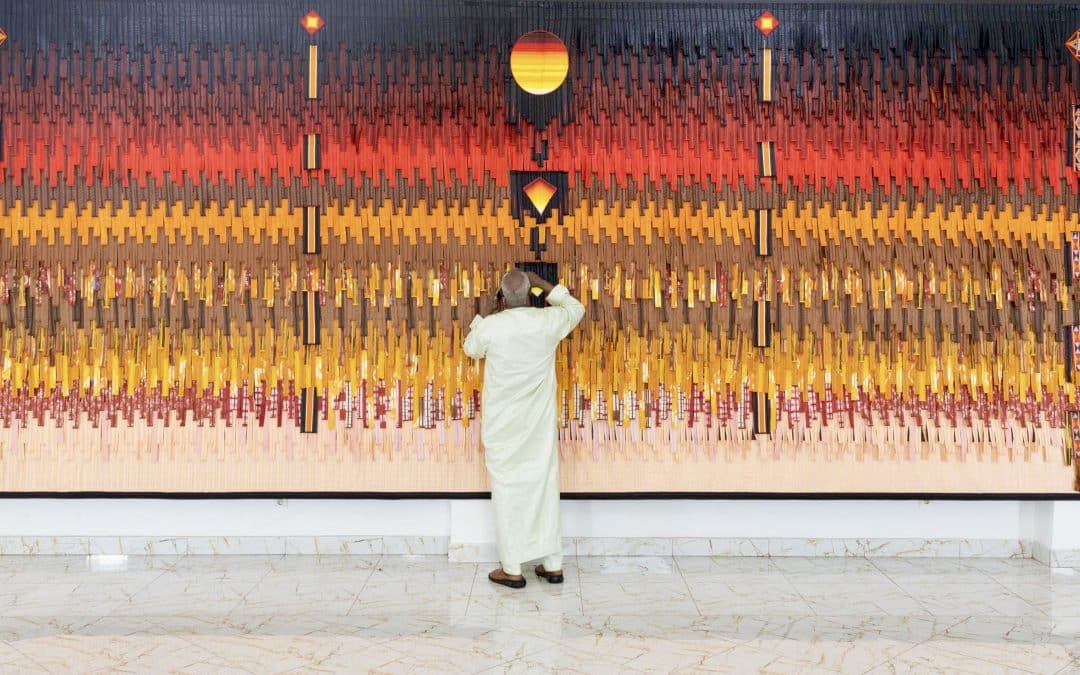
Unveiling Threads: A Conversation with Abdoulaye Konaté on Textile Art and Cultural Narratives
Discover how the acclaimed Malian artist Abdoulaye Konaté weaves art, culture, and social themes through textiles in our latest Q&A.
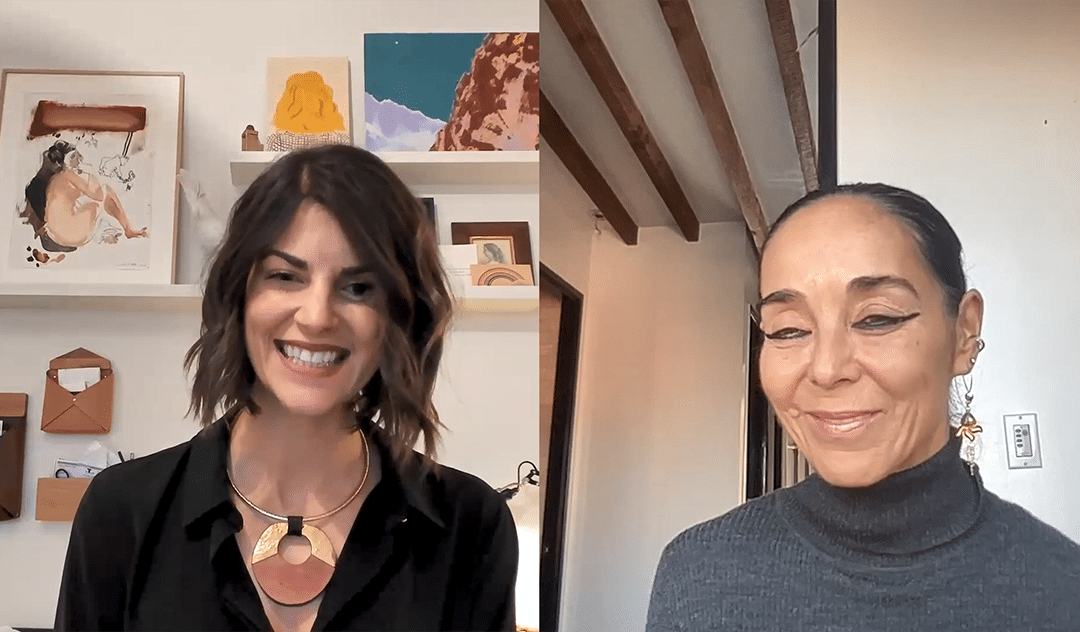
Videast artist Shirin Neshat: Common Love & Common Pain.
Shirin Neshat, world reknowned photographer and video artist, talks about the magazine she curated for Der Greif, ‘Issue 16’. It’s all about common pain and common love.
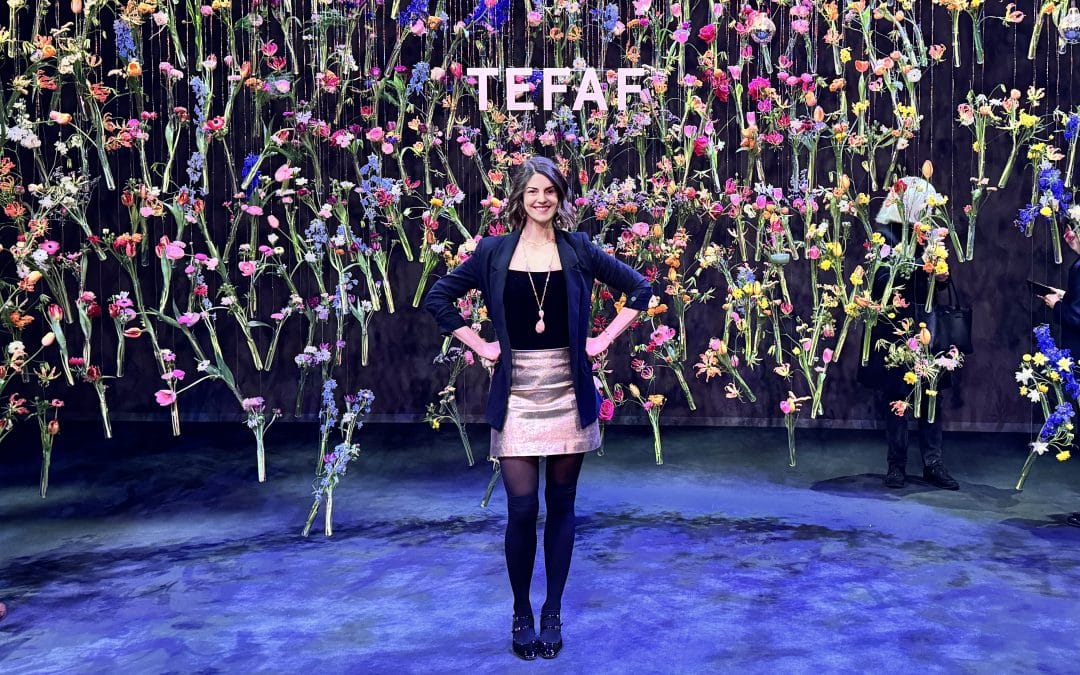
From Delftware to Klimt’s Lost Portrait: My Favourite Finds at TEFAF Maastricht 2025
An exceptionally strong edition marked by museum-quality booths, inspired presentations, and a confident return of both private collectors and major institutions.
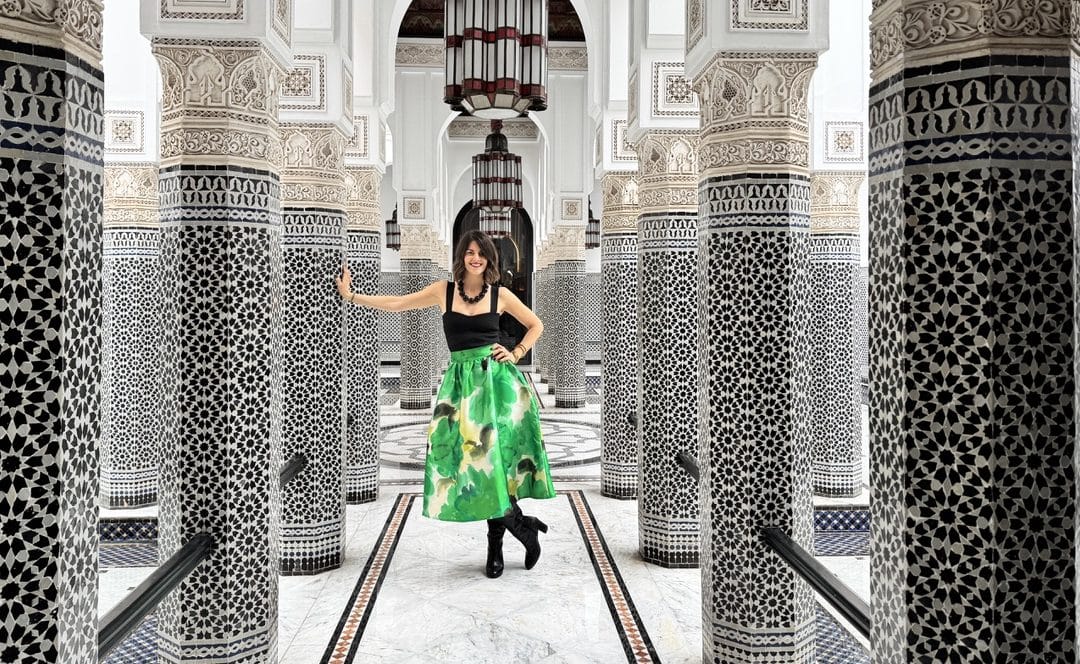
1-54 Marrakech 2025: A Full-On Experience of African Contemporary Art
Since its creation in 2018, 1-54 Marrakech is the unmissable rendezvous for African contemporary art. This year was no exception. I’m telling you why in the article.
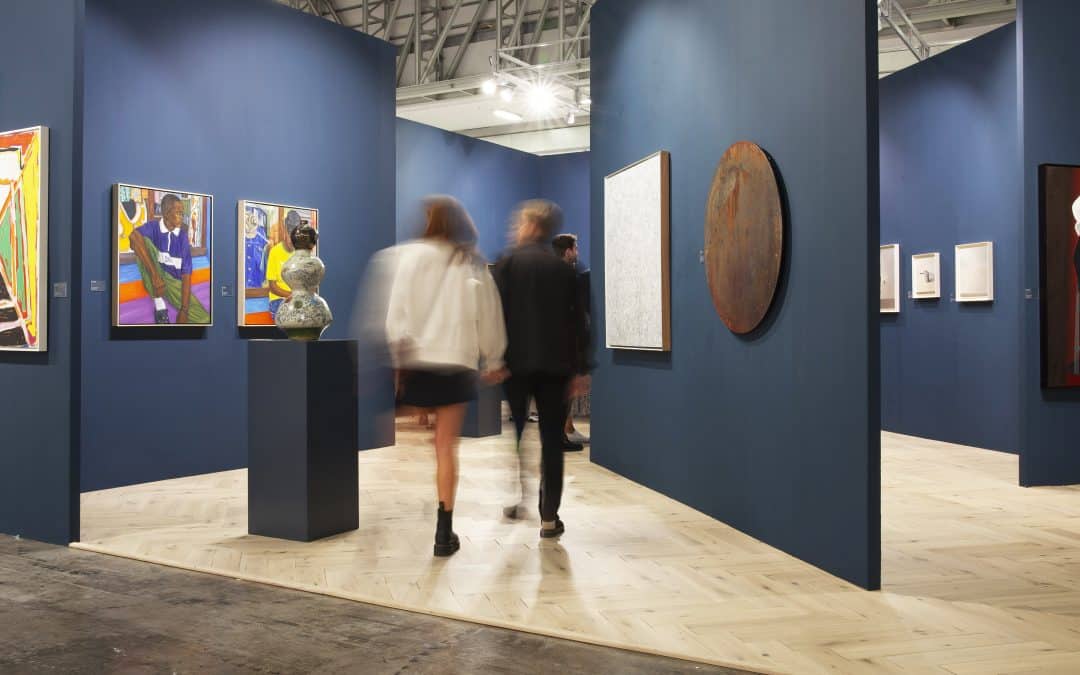
PLAY Takes Center Stage at Investec Cape Town Art Fair 2025: A Preview of What’s to Come
Dive into the 12th edition of Cape Town Art Fair, where emerging scenes and fresh discoveries take the spotlight in an exploration of PLAY.
